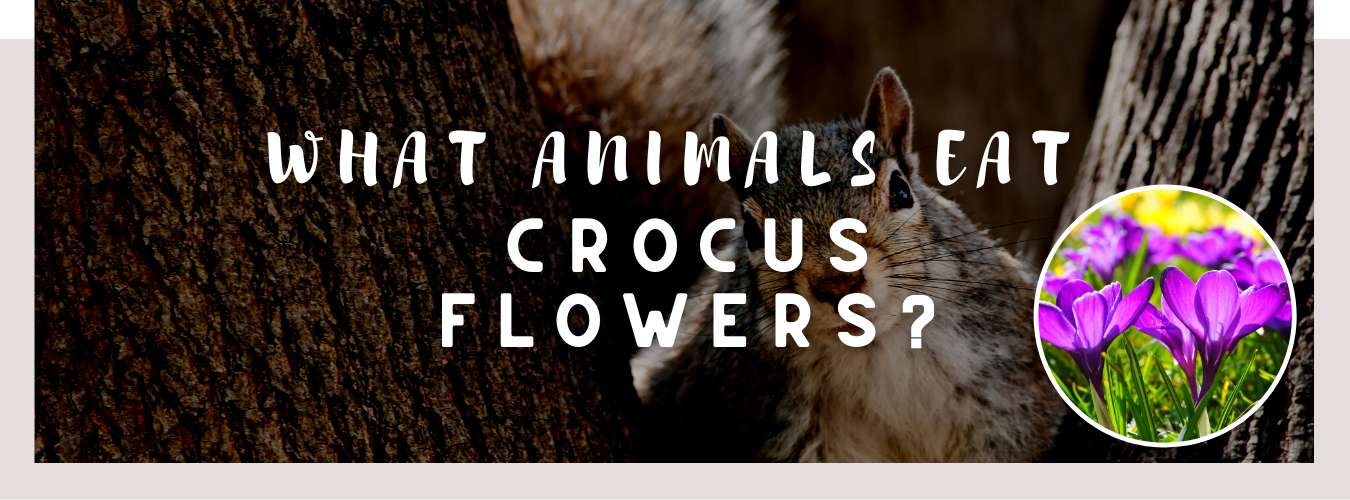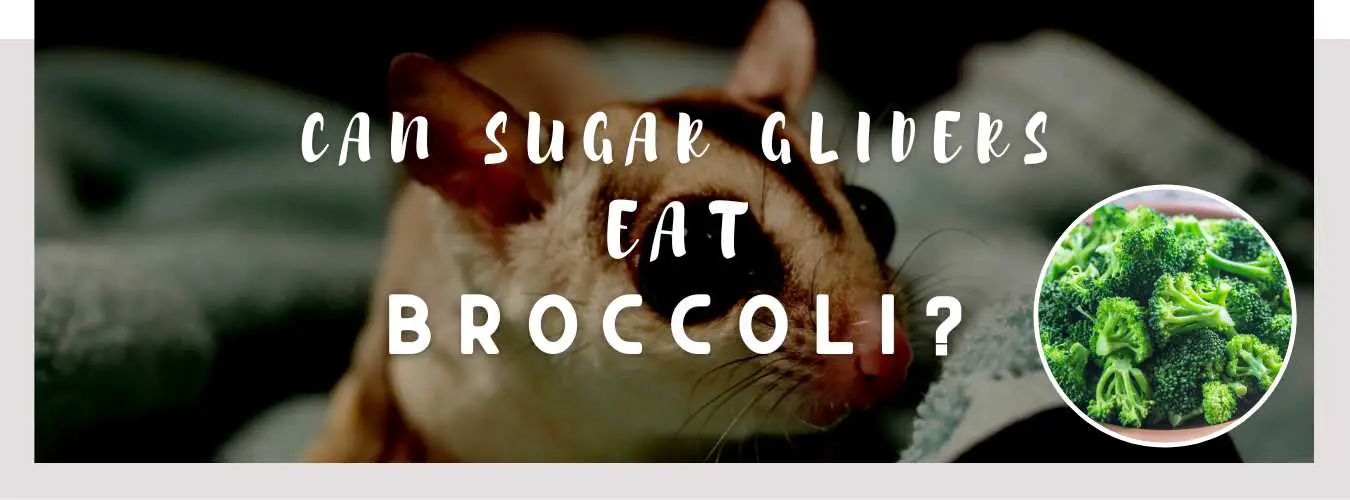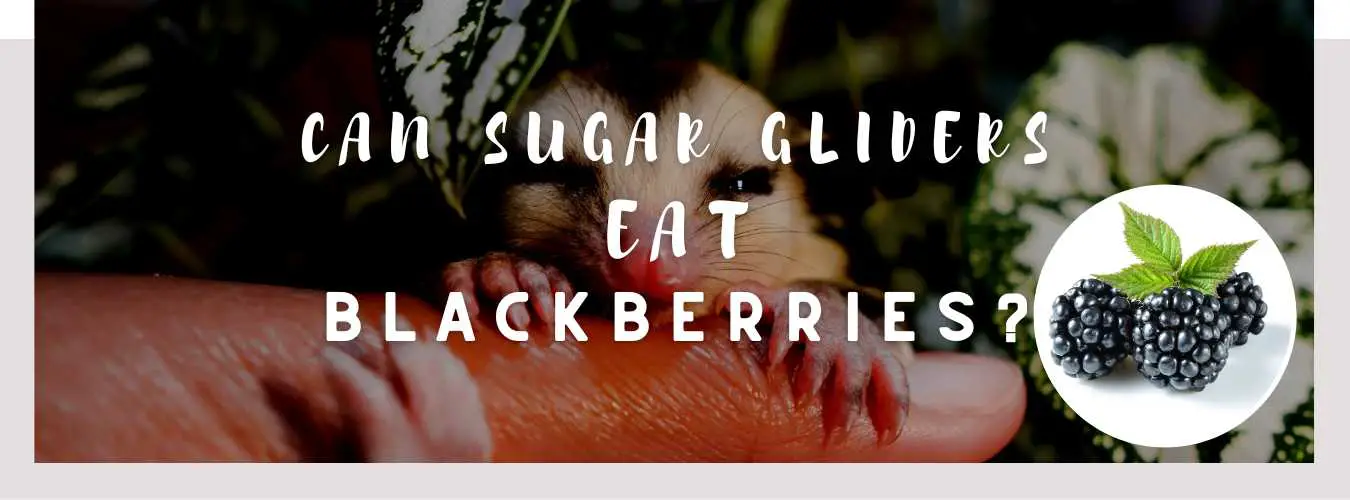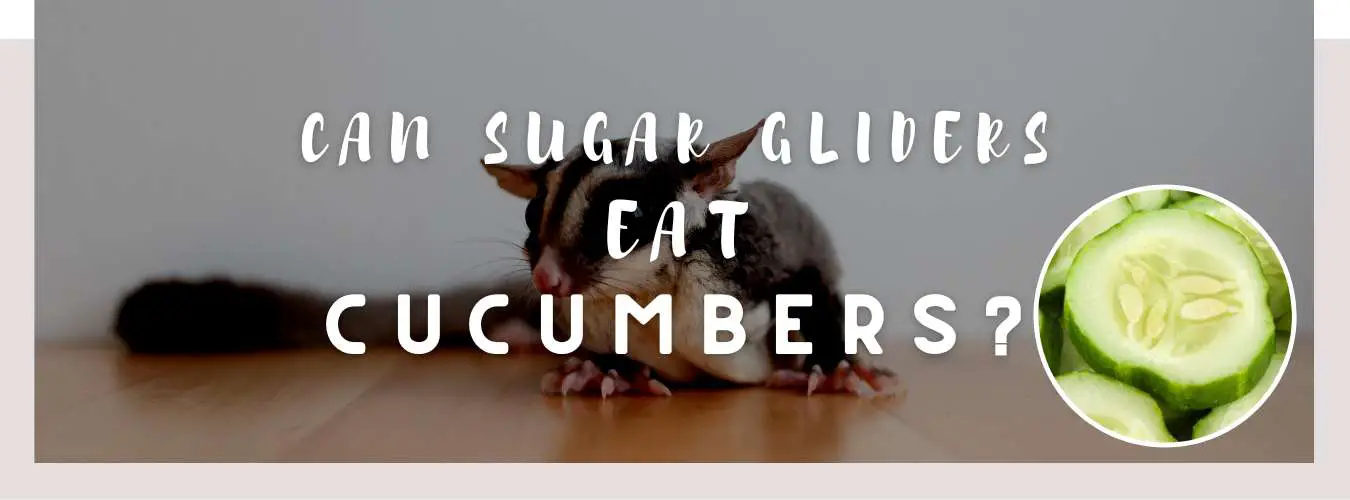
Almost nothing is as devastating to a gardener than to find out the flower bulbs they spent hours planting have disappeared from their garden or that critters chewed on them.
Please read this article to find out what animals eat crocus flowers!
What Are Crocuses?
Crocuses are a late winter or early spring perennial plant famous for producing the first blooms during the new year. They typically emerge at the start of spring when you can notice their colorful heads bursting through the ground.
Crocuses grow just inches above the ground and produce cup-shaped flowers that are a half-inch or one inch in size. Once established, crocuses can come back to bloom each year for decades.
Do Squirrels and Chipmunks Eat Crocus Flowers?
Fall is the planting time for spring-blooming bulbs, but this is also the period when squirrels and chipmunks start collecting their food stash for their winter hibernation. So we plant flower bulbs like buried treasure for squirrels and chipmunks.
A large population of tree squirrels or chipmunks can make growing crocus or other bulbs virtually impossible without extensive control measures. Because these rodents cannot digest cellulose material, they depend on protein-rich plant structures, like those found in nuts and bulbs, to survive.
You might also like: What Animals Eat Roses?
Do Birds Eat Crocus Flowers?

You may have noticed the remarkable decline in yellow crocus flowers – this decline is probably due to the feeding of birds, especially sparrows.
One theory is that sparrows are fond of yellow and show it by destroying the yellow crocuses. But unfortunately, sparrows do not confine their attention to yellow crocuses only.
Undoubtedly the yellow variety suffer most, probably because they are the first to appear and meet the birds’ most pressing requirements. Moreover, the sparrows sometimes attack the flowers while still in the sheath and before it is certain what color they will be.
Do Rats and Mice Eat Crocuses?
Have you ever wondered what dug up your spring-flowering bulbs or why nothing grew in spring where you planted it in the autumn?
There is a good chance that hungry rats and mice have discovered your newly planted bulbs, dug them up, and taken them away to their winter food store or eaten them on the spot.
Many bulbs will provide a tasty food source for rats and mice as their other food sources dwindle in autumn. Bulbs that are palatable to rodents include tulips, crocus, and gladioli.
Do Voles Eat Crocus Bulbs?

Meadow voles are harmless creatures and pretty cute, but they can significantly irritate gardeners.
Voles are voracious eaters. They eat plant roots and tubers, mushrooms, berries, and nuts. But, unfortunately, they also like flower bulbs.
Having a couple of voles around is hardly worth worrying about. But things can quickly get out of hand. Female voles go from birth to reproductive maturity in 35 to 40 days.
During their 12-month lifespan, each female vole can produce 50-80 offspring. That’s a lot of hungry voles! Voles do not hibernate during the winter months and are always busy looking for their next meal.
Do Raccoons Eat Crocuses?
You wouldn’t normally associate raccoons with consuming flower bulbs. But raccoons tend to dig up flower bulbs, not to destroy the bulbs but to eat the grubs and slugs surrounding the bulbs.
Raccoons are omnivores and are not usually drawn toward plant-based food. But if they’ve constantly been digging up your flower bed, it’s clear that you have a bug infestation in your garden.
Getting rid of this infestation will reduce the raccoon’s attacks on the flower bulbs.
You might also like: What Animals Eat Flowers?
How To Prevent Critters From Eating Your Crocuses?
When planting pest-vulnerable crocus varieties, some simple strategies can help alleviate losses.

Delay Planting Time
The squirrel and chipmunk feeding frenzy typically peaks in early fall and quiets by late October, when they have already stored most of their winter food supply.
Plant your spring-blooming bulbs somewhat later in the season, when squirrels are no longer desperately filling their stores for winter.
Clean Your Planting Areas
When you’re finished planting your bulbs, remove any outer layers that might have dislodged from the bulbs, damaged bulbs you decided not to plant, or other plant debris. These materials will signal the attention of squirrels and chipmunks, who will start digging for anything left behind.
Add Sharp Gravel
If you’re planting bulbs in an established garden bed, consider adding sharp gravel to the surrounding soil.
Use Repellents
Several organic repellents on the market will work wonders when it comes to keeping critters out of your garden.
Avoid Smelly Fertilizers
Bone meal, fish emulsion, blood meal, and some other natural fertilizers have a pungent aroma that might attract squirrels and chipmunks — not to mention digging dogs, cats, and other animals. Avoid these natural fertilizers in favor of synthetic fertilizers that have no odor if your garden has a history of issues with critters that dig.
Conclusion
There are few things more devastating than to find out that the dozens of flower bulbs you spent hours planting in the fall have disappeared from your garden, a victim of the winter appetite of some rodent!
However, this does not have to happen. You can take steps to protect flower bulbs from hungry critters. With just a little extra effort, you will no longer worry about whether your spring bulbs will make it through the winter.
I am a huge animal lover and have four dogs, a Labrador, Jack Russell, Pug, and Teacup Yorkie. I also have a cat and a Cockatiel. I have had pets since I was a toddler, and there was not a day when there wasn’t an animal in my house.









